 Mid-century paperback artists were in tune with the times. 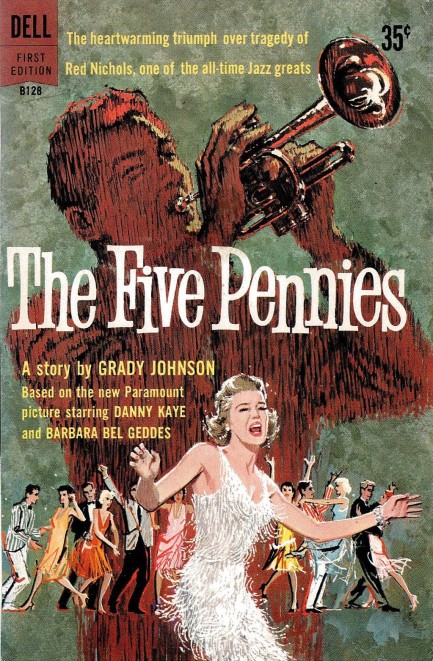 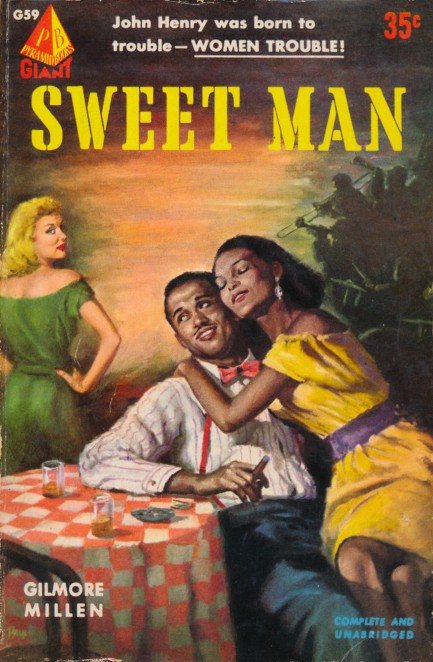 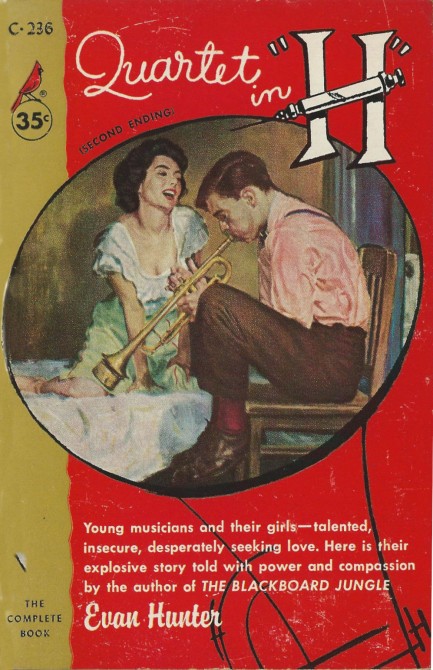 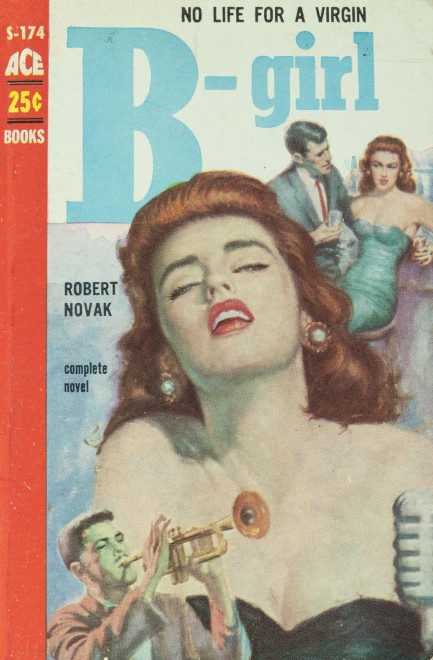 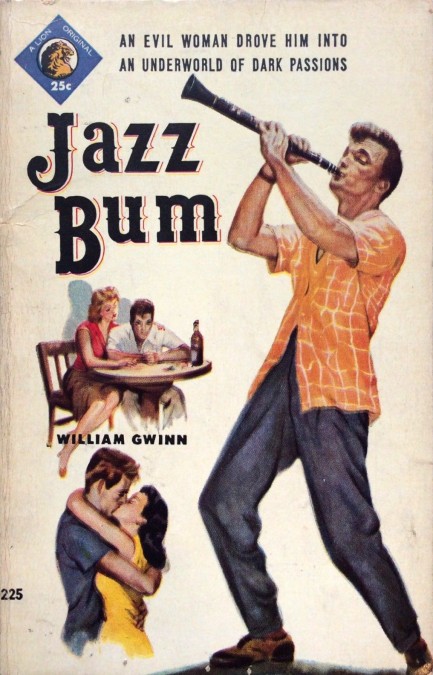 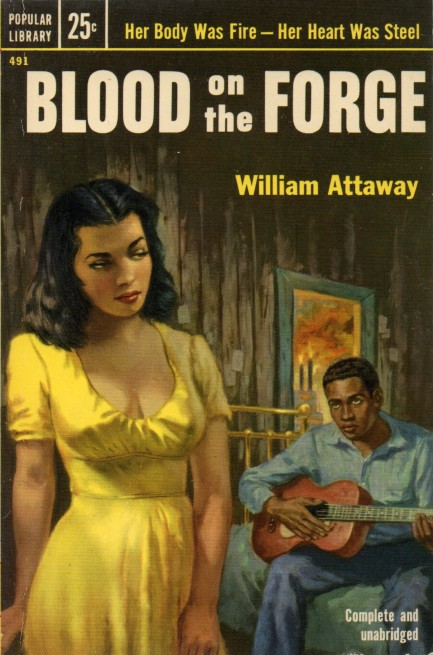  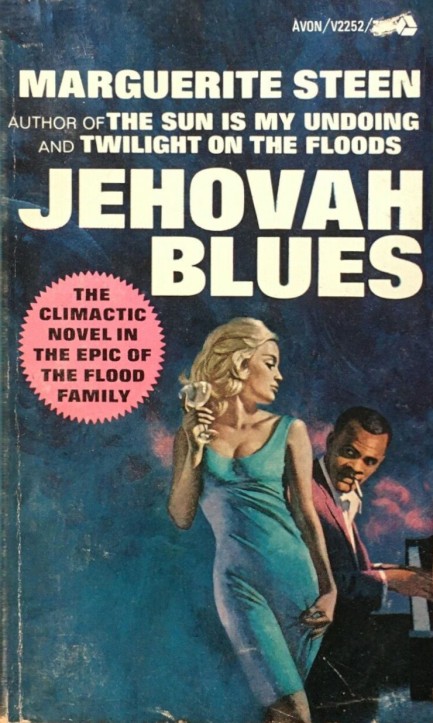 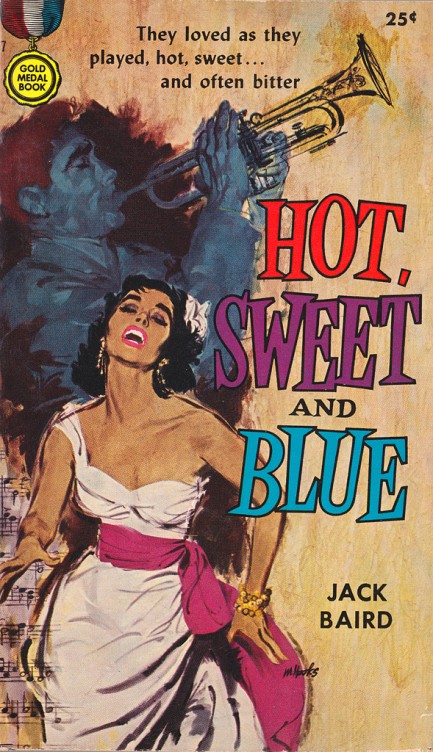 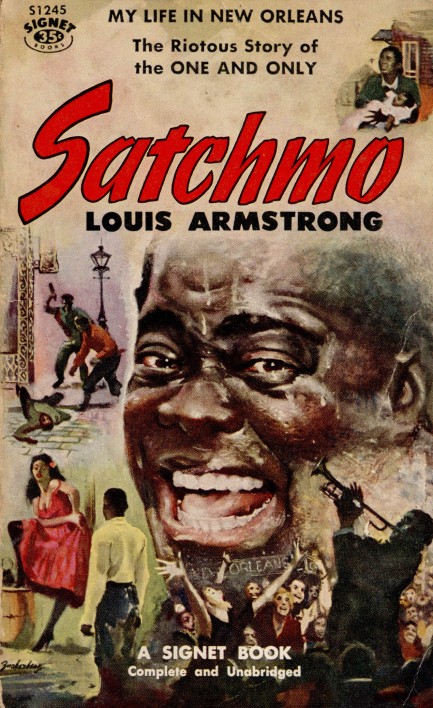 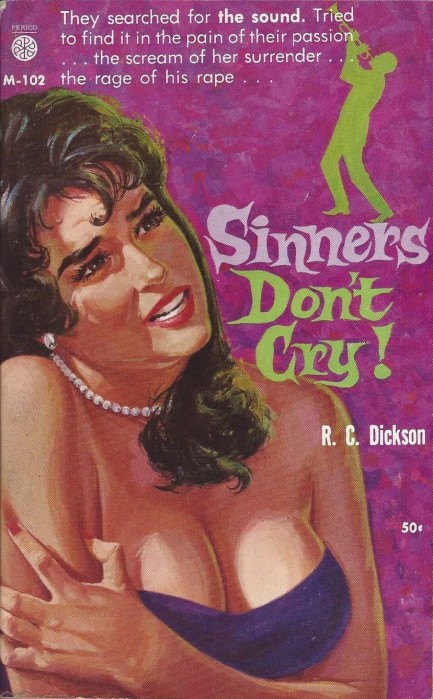 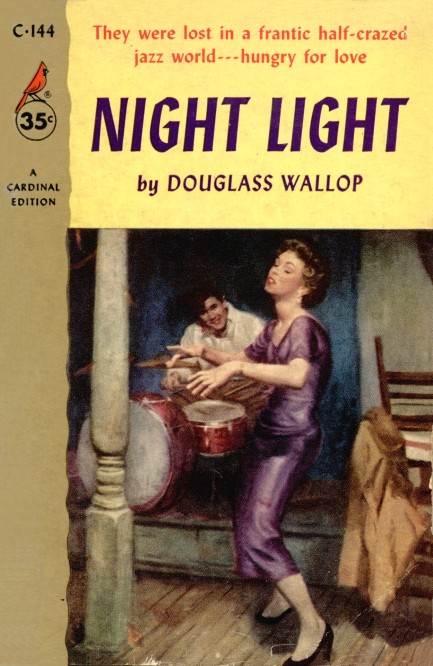 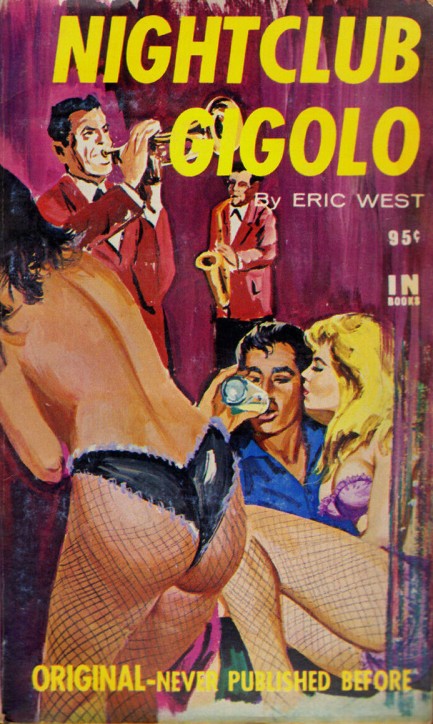 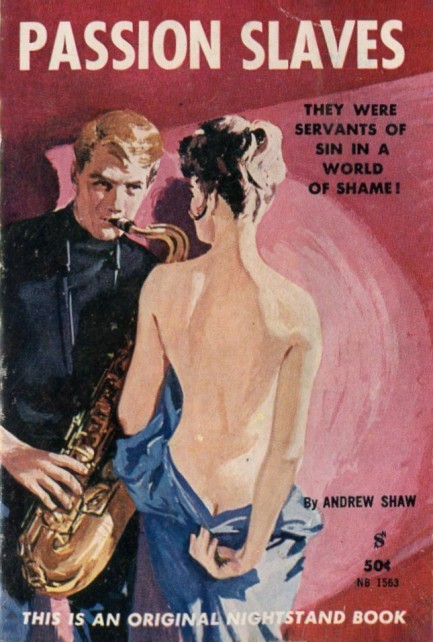 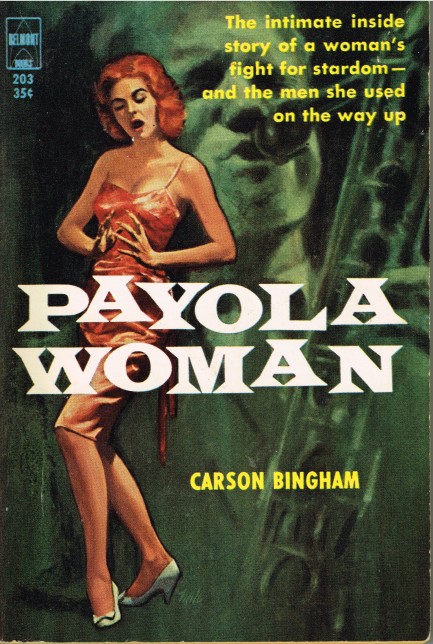 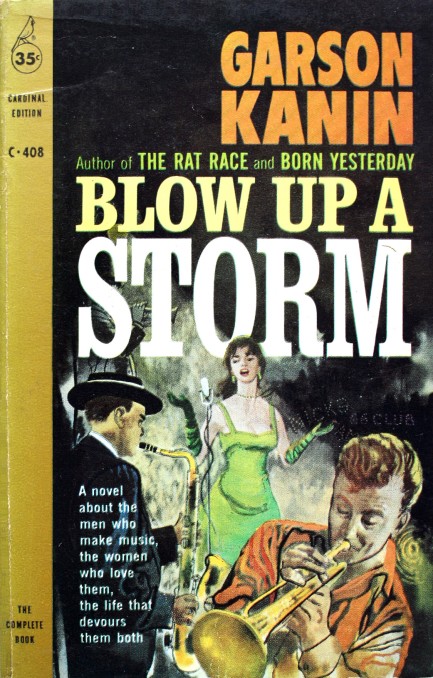 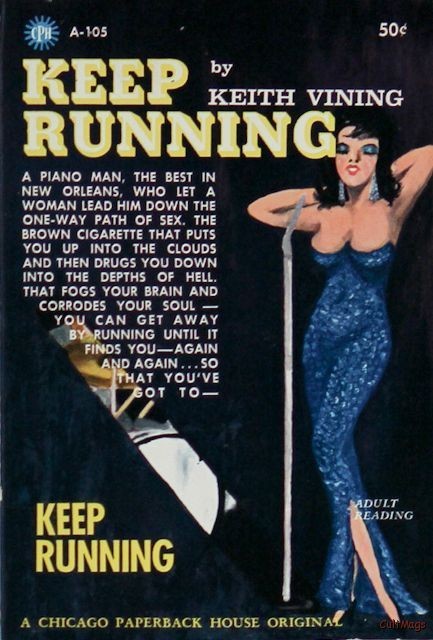 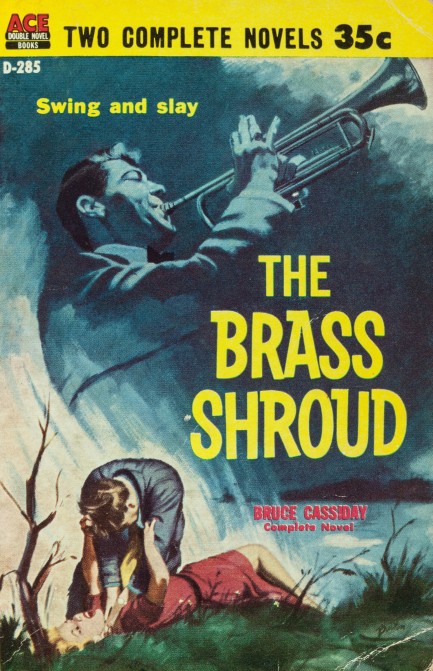 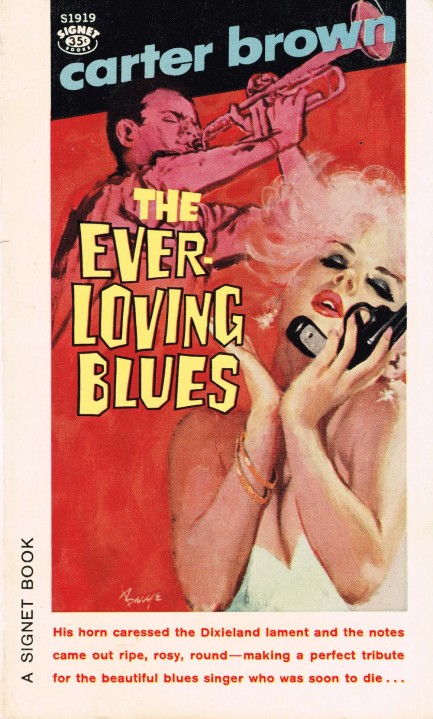 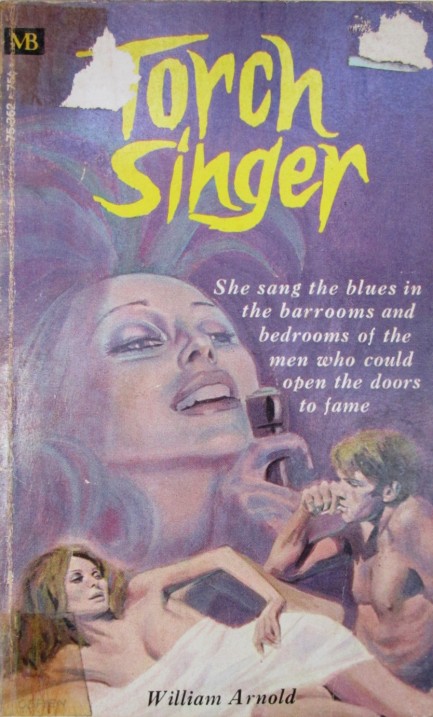 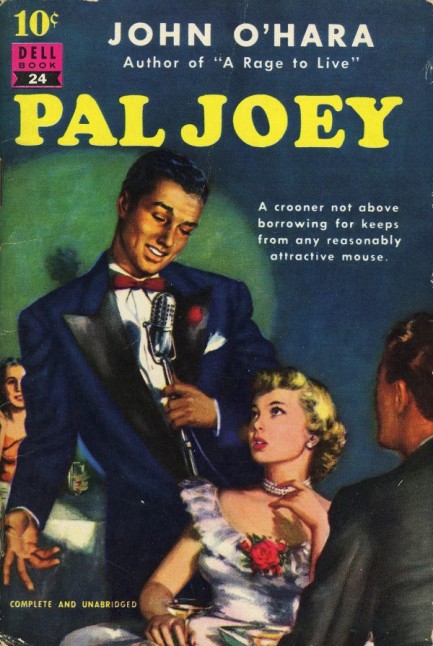  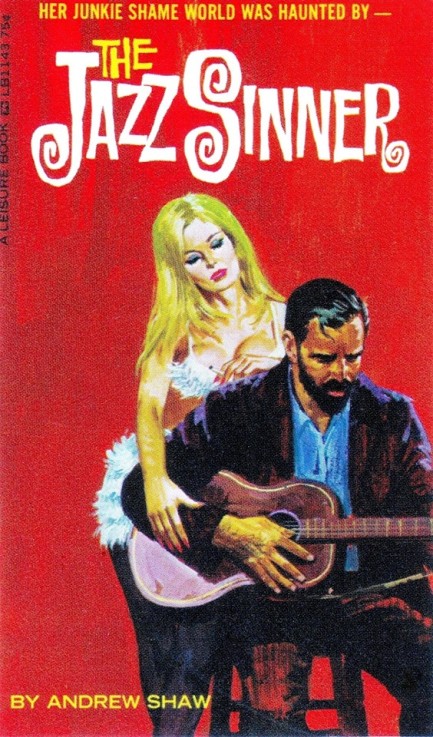 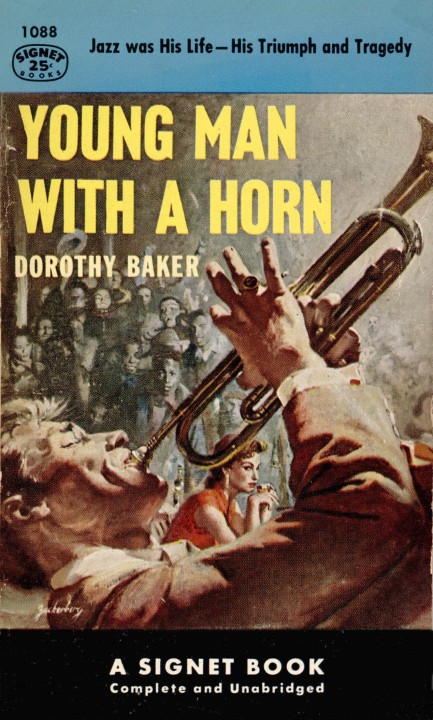 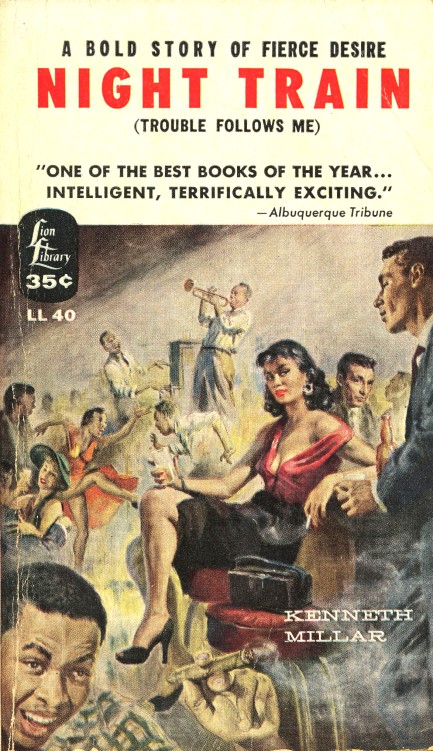 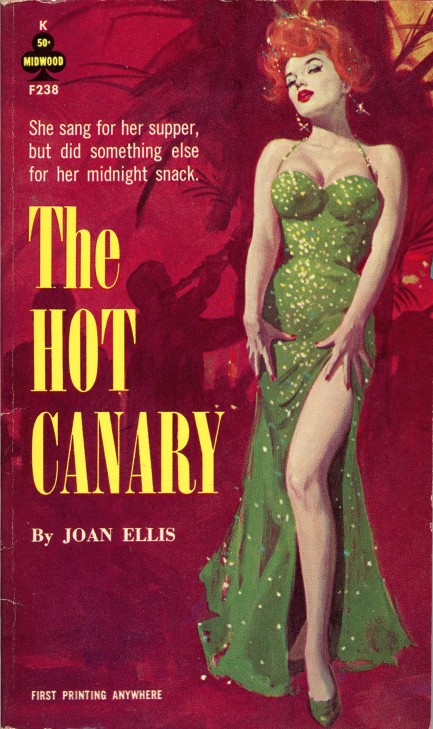 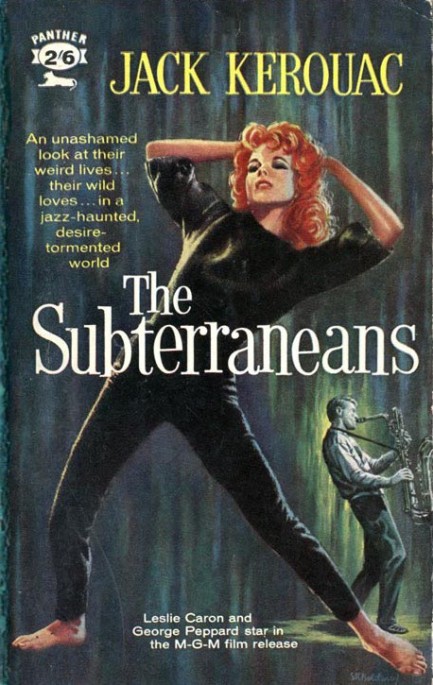
There are numerous jazz themed mid-century paperback covers. The jazz milieu—with its smoky clubs, passionate personalities, and idiosyncratic ways—fascinated readers. Above you see a small collection of fronts that visually reference the uniquely American (black American) art of jazz. We've also added a couple of the many torch singer and crooner covers out there that seem jazzy enough to fit. The artists are Barye Phillips, Stanley Zuckerberg, Harry Barton, Mitchell Hooks, Julian Paul, and others. We've previously posted quite a few jazz covers, and we have a few jazz themed books still to read, so in both cases you won't see those pieces here. We don't keyword for jazz, which means a search for those we've already posted would bring up a welter of books, movies, tabloids, and album covers. Therefore, in order to save you the trouble of wading through all that, here are some links. We'll limit ourselves to ten: here, here, here, here, here, here, here, here, here, and here.
 Need a service animal? He's happy to do the job. 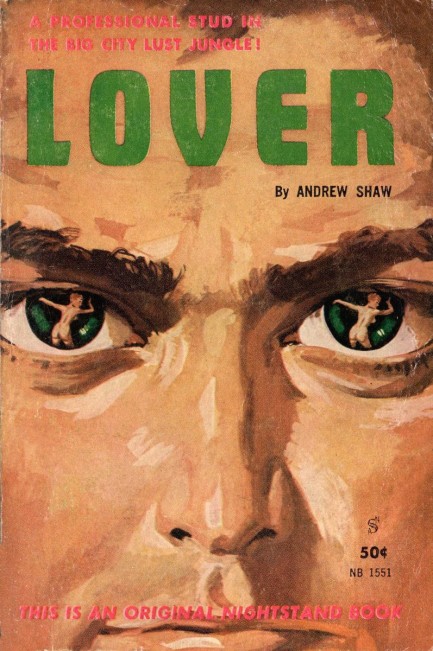
Harold W. McCauley is responsible for this simple but effective cover for 1961's Lover. His image captures the main character Johnny Wells' aura of unhappiness. Johnny is a young New York City hustler who decides to become an uptown gigolo. Starting with a few hundred dollars of ill-gotten gains, he transforms himself into a cultured, hotel-dwelling manhooker who services upper class women. While great at his job, his sexual misadventures take a toll. These include being spurned by a favorite customer who realizes she prefers women, being the unwilling centerpiece of an orgy, and more. The most curious bit is how Johnny's main love interest is a 14-year-old girl from around the way. Author Lawrence Block, hiding behind the Andrew Shaw pseudonym, makes no comment about how strange and possibly illegal this relationship is, and after a while you realize he never planned to. Block can write, so in general Lover reads smoothly, which is about the most you can hope for with this genre. Does that mean it's worth checking out? Well... we wouldn't go that far.
 I've been practicing by milking Daisy. Just sit back and enjoy this. 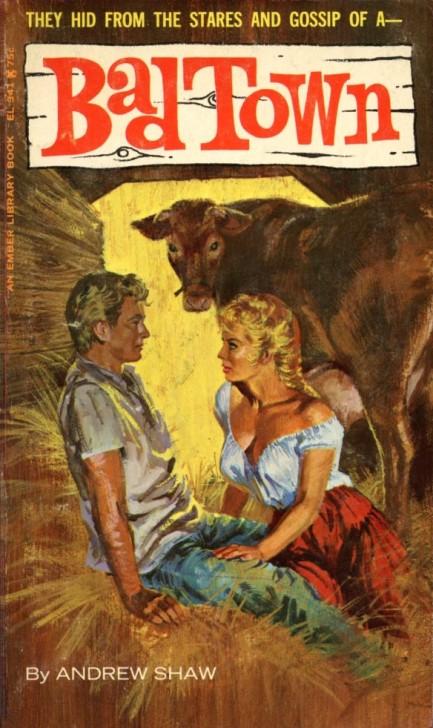
Above, a Robert Bonfils cover for Andrew Shaw's sleazer Bad Town, copyright 1966. Shaw was a Greenleaf Classics house pseudonym used by Lawrence Block and others, and was credited with books such as Sin Sucker, Sin Seer, Sintown Setup, Sin Alley—are you sensing a theme here?—Sin Bum, The Sin-Damned, Sin Hellcat...
 Um, you and your wife should talk, so I'll just slip out. Wait—let me rephrase that. 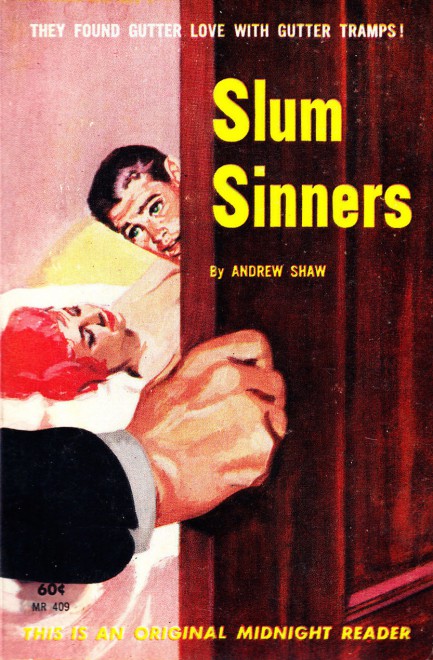
“They found gutter love with gutter tramps!” We’re guessing you get two gutterballs, then it’s someone else’s turn. Greenleaf Classics provides more fun coverness, this time from its Midnight Reader imprint, Slum Sinners, by Andrew Shaw, who was really Lawrence Block, at least in this case. Some sites say Donald E. Westlake wrote this, but authoritative sources (Block) say Westlake wasn’t Shaw until after 1963. This one is from ’62, so it’s Block. Wanna know what it's about? Check the rear cover, below. No artist info, but it’s probably Tony Calvano.
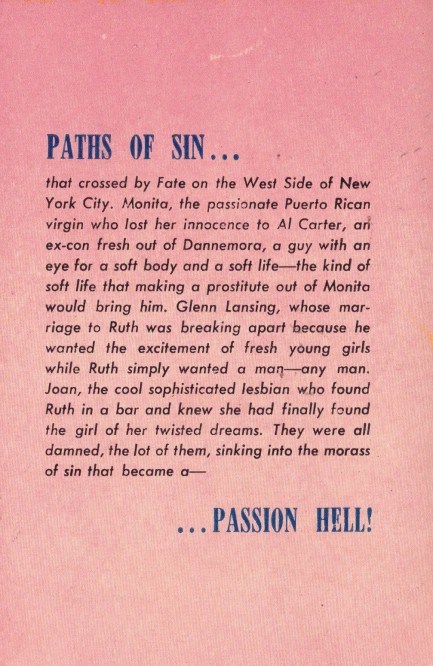
 Faced with this position surrender is the only option. 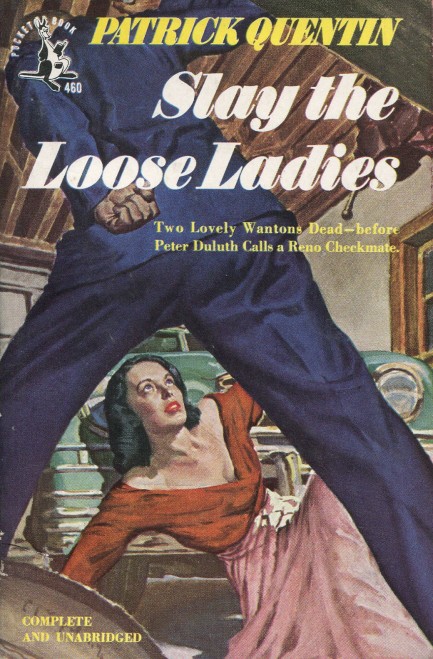
Here you see a pose that appears over and over in vintage paperback art—one figure looming menacingly in the foreground as a second cowers in the triangular negative space created by the first’s spread legs. This pose is so common it should have a name. We’re thinking “the alpha,” because it signifies male dominance and because of the A shape the pose makes. True, on occasion the dominator isn’t male, sometimes the unfortunate sprawled figure is depicted outside the A shaped space, and sometimes the art expresses something other than dominance, but basically the alpha (see, that just sounds right, doesn’t it?) has been used scores of times with only minor variation. You’ll notice several of these come from subsidiaries of the sleaze publisher Greenleaf Classics. It was a go-to cover style for them. We have twenty examples in all, with art by Bob Abbett, Robert Bonfils, Michel Gourdon, and others.
 Another master crime novelist writes sex books to make ends meet. 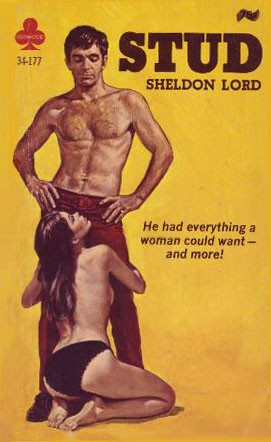 Today for your enjoyment we have another example of a heavyweight author earning extra nickels under the guise of a pseudonym. This time it’s crime thriller icon Lawrence Block, who’s won four Shamus Awards, three Edgars, seen his novels 8 Million Ways To Die, The Campus Tramp and Deadly Honeymoon made into films of varying quality, and who wrote the screenplay for the recent critically acclaimed film My Blueberry Nights. Today for your enjoyment we have another example of a heavyweight author earning extra nickels under the guise of a pseudonym. This time it’s crime thriller icon Lawrence Block, who’s won four Shamus Awards, three Edgars, seen his novels 8 Million Ways To Die, The Campus Tramp and Deadly Honeymoon made into films of varying quality, and who wrote the screenplay for the recent critically acclaimed film My Blueberry Nights.
But it was as Sheldon Lord that he really let his hair down, penning salacious books like Stud, as well as the lesbian themed tales below. He also flaunted his utter immunity to writer’s block by publishing fiction under the names Jill Emerson, Chip Harrison, Paul Kavanaugh, and Andrew Shaw. It's an astonishing output. Maybe when Block wrote Stud he was thinking about himself. 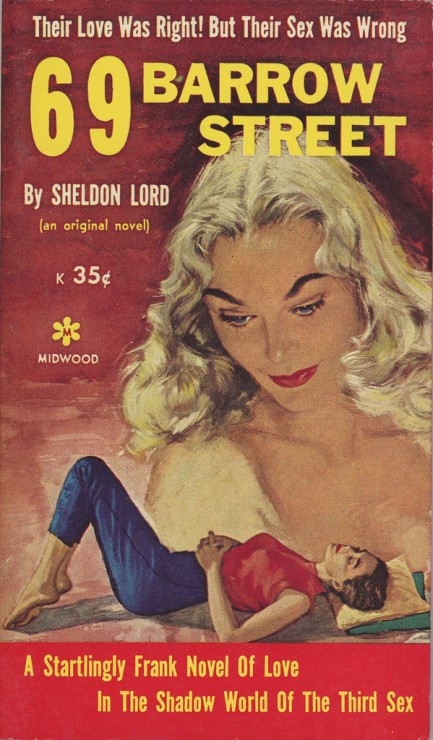 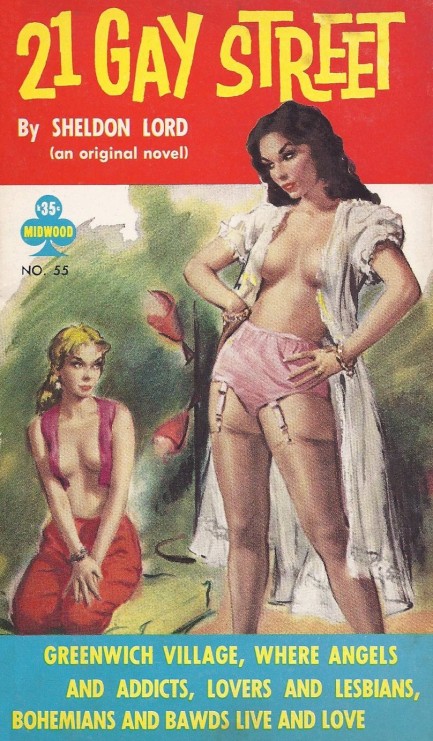 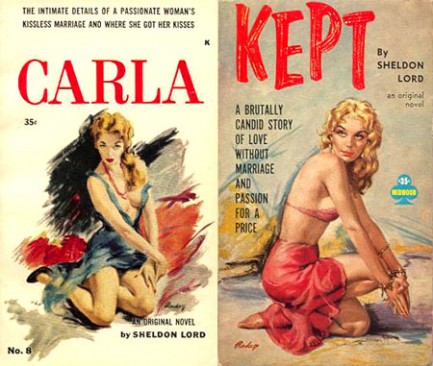 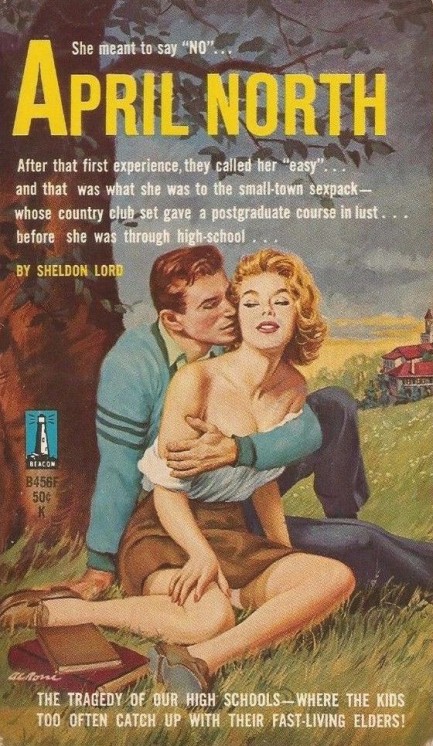 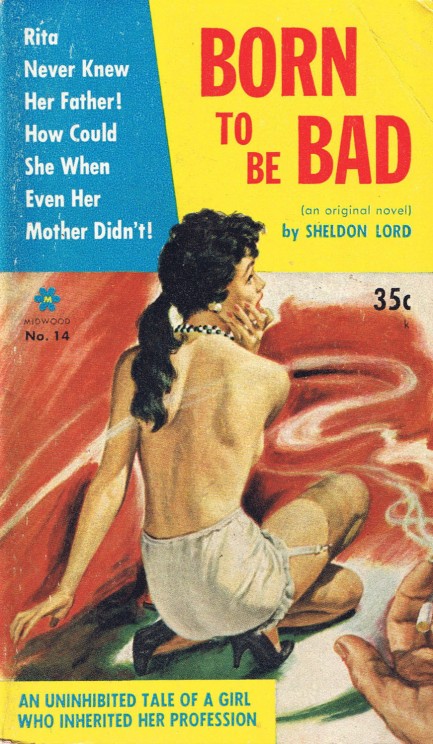  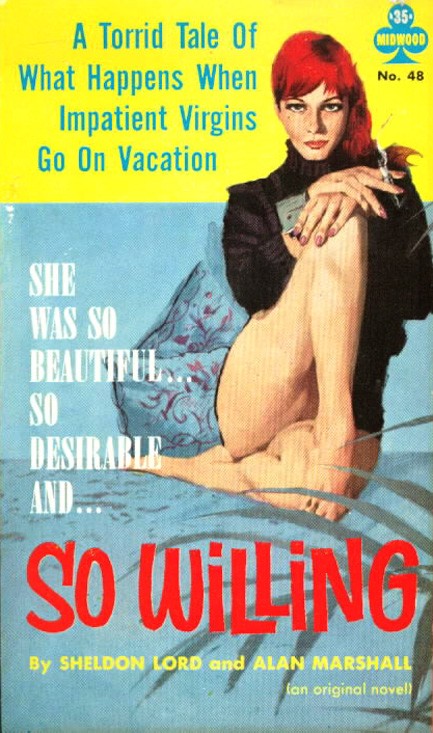
|
 |

The headlines that mattered yesteryear.
2003—Hope Dies
Film legend Bob Hope dies of pneumonia two months after celebrating his 100th birthday. 1945—Churchill Given the Sack
In spite of admiring Winston Churchill as a great wartime leader, Britons elect
Clement Attlee the nation's new prime minister in a sweeping victory for the Labour Party over the Conservatives. 1952—Evita Peron Dies
Eva Duarte de Peron, aka Evita, wife of the president of the Argentine Republic, dies from cancer at age 33. Evita had brought the working classes into a position of political power never witnessed before, but was hated by the nation's powerful military class. She is lain to rest in Milan, Italy in a secret grave under a nun's name, but is eventually returned to Argentina for reburial beside her husband in 1974. 1943—Mussolini Calls It Quits
Italian dictator Benito Mussolini steps down as head of the armed forces and the government. It soon becomes clear that Il Duce did not relinquish power voluntarily, but was forced to resign after former Fascist colleagues turned against him. He is later installed by Germany as leader of the Italian Social Republic in the north of the country, but is killed by partisans in 1945.
|

|
|

It's easy. We have an uploader that makes it a snap. Use it to submit your art, text, header, and subhead. Your post can be funny, serious, or anything in between, as long as it's vintage pulp. You'll get a byline and experience the fleeting pride of free authorship. We'll edit your post for typos, but the rest is up to you. Click here to give us your best shot.

|
|































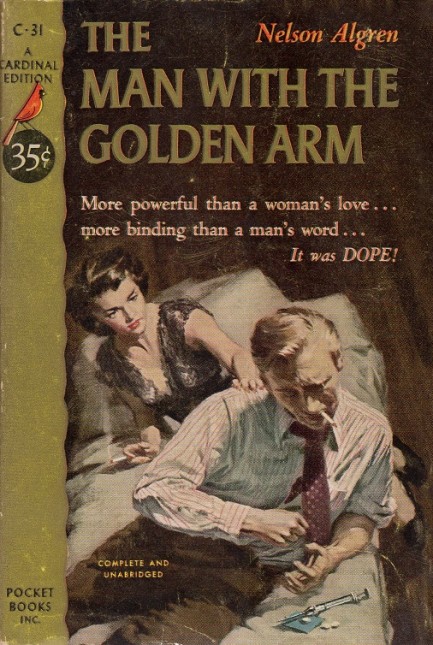
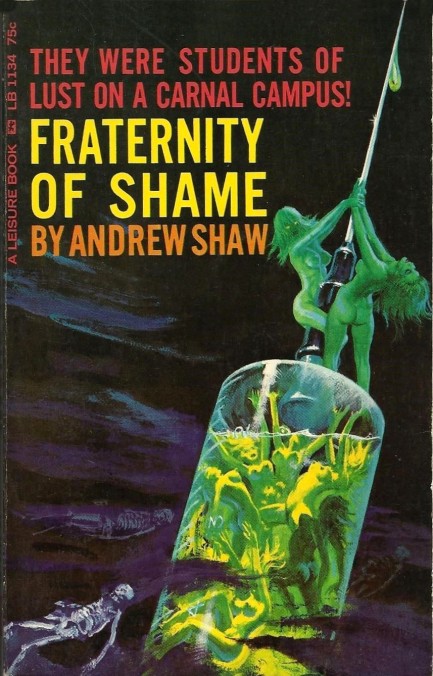
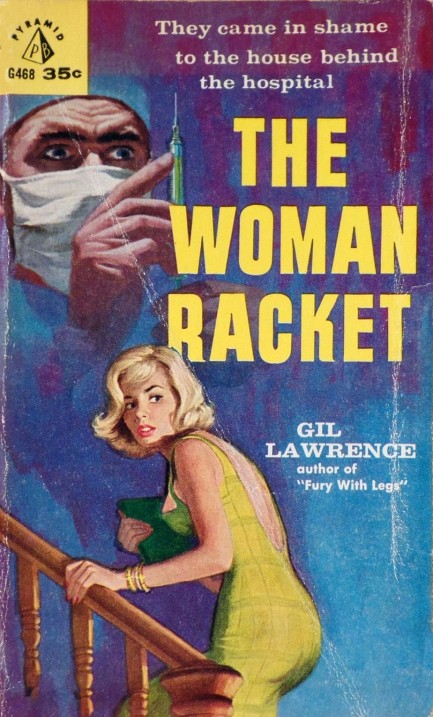
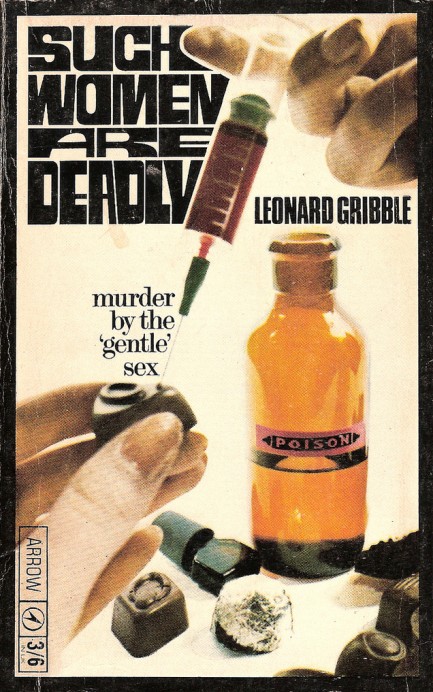
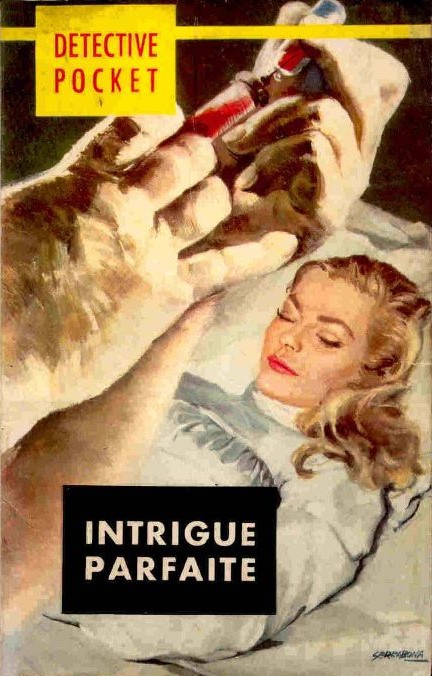
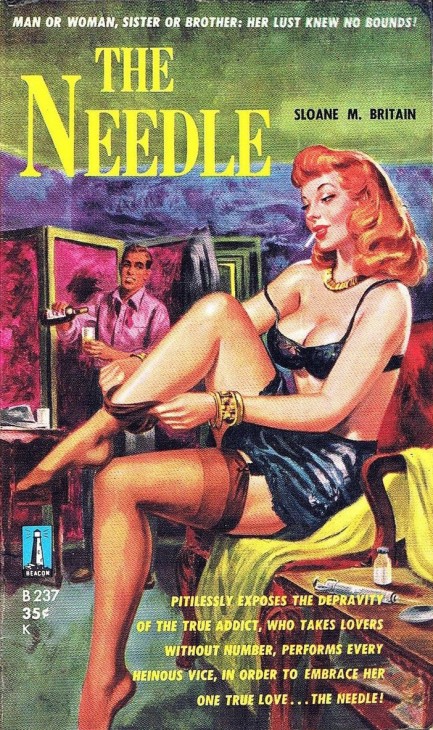
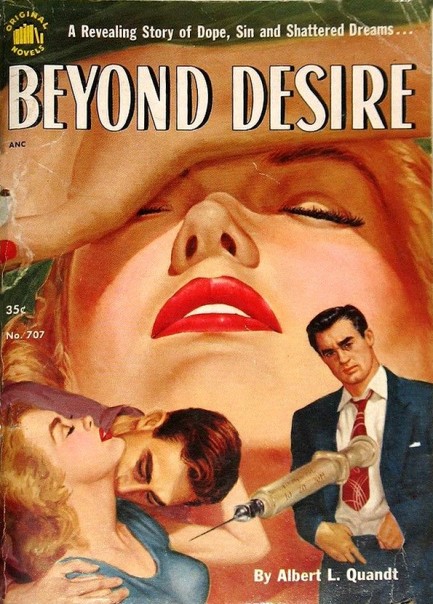






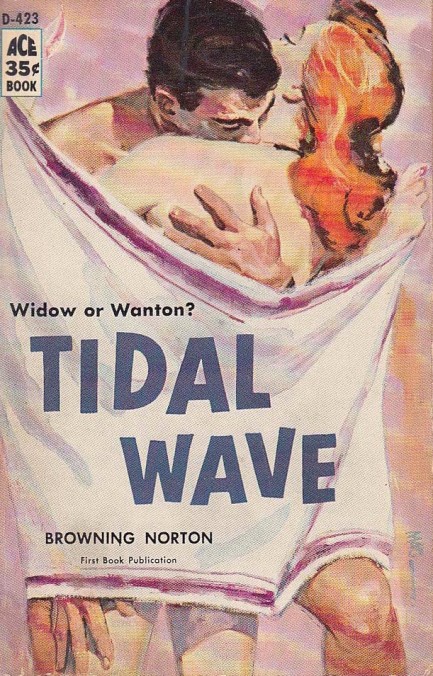
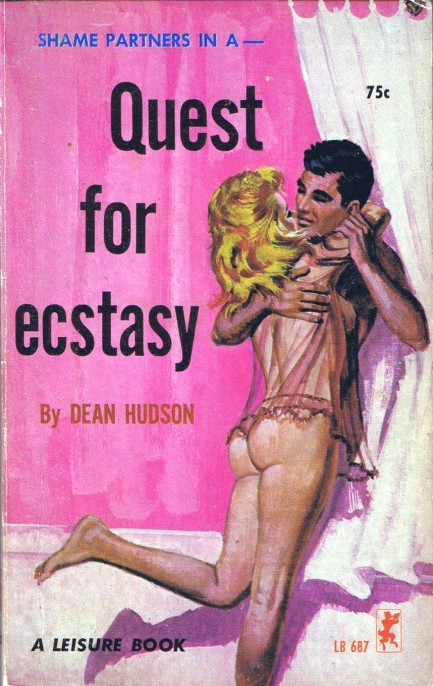
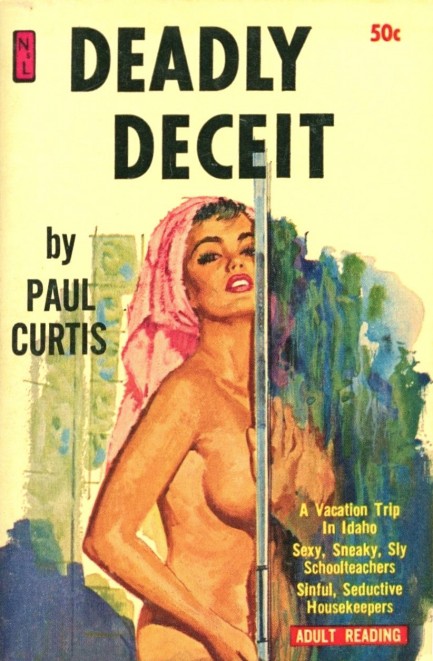
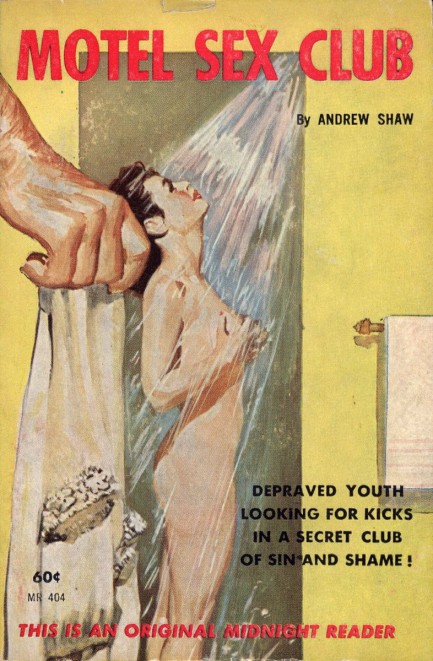
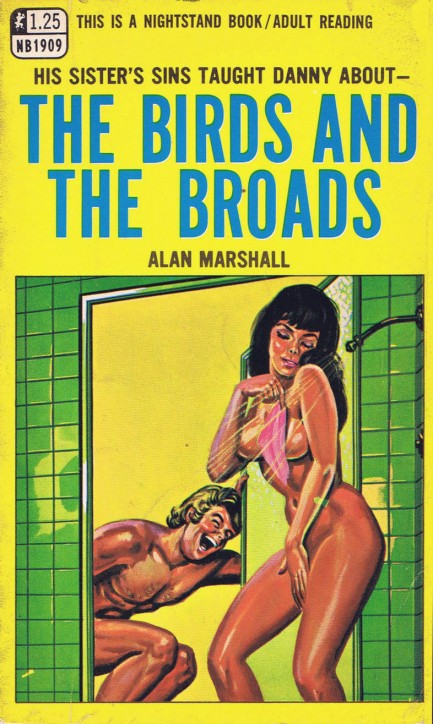

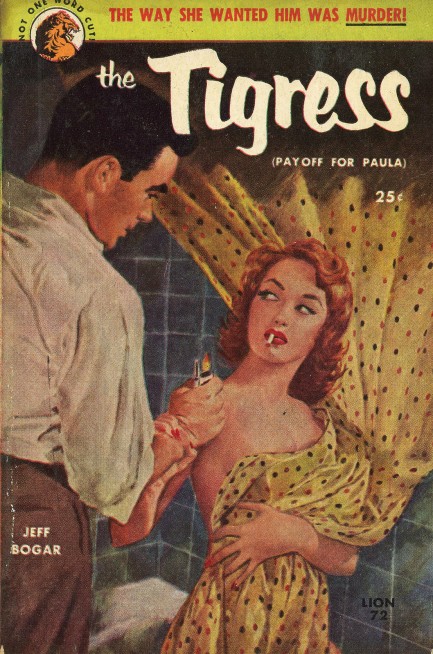
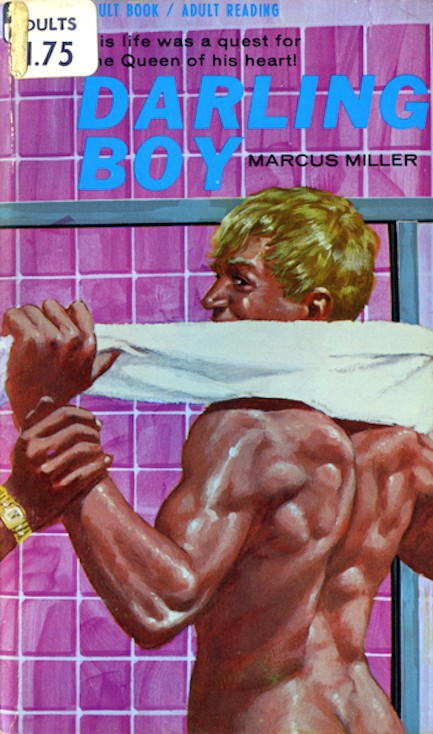
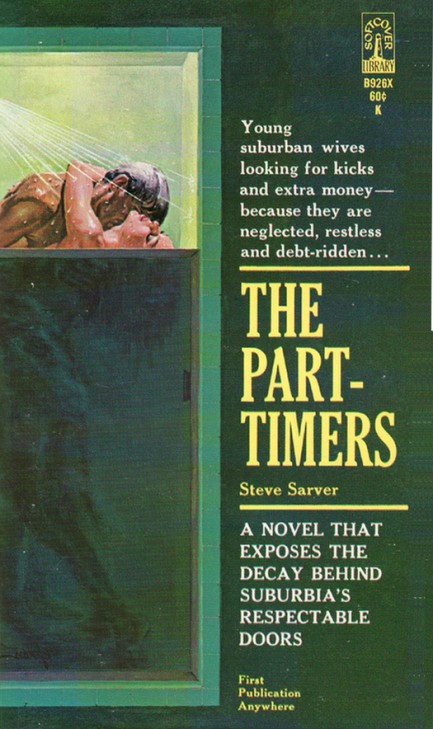
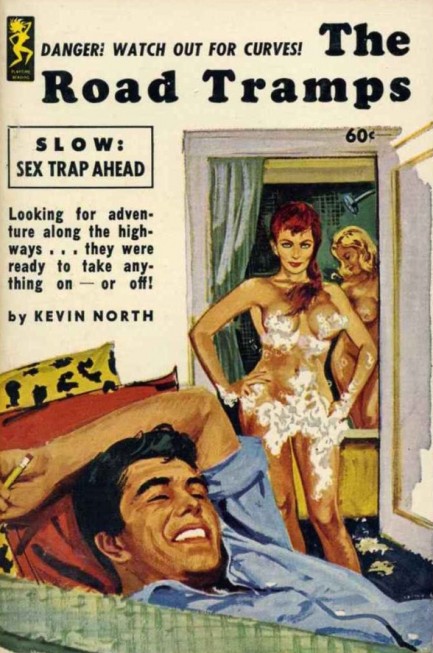
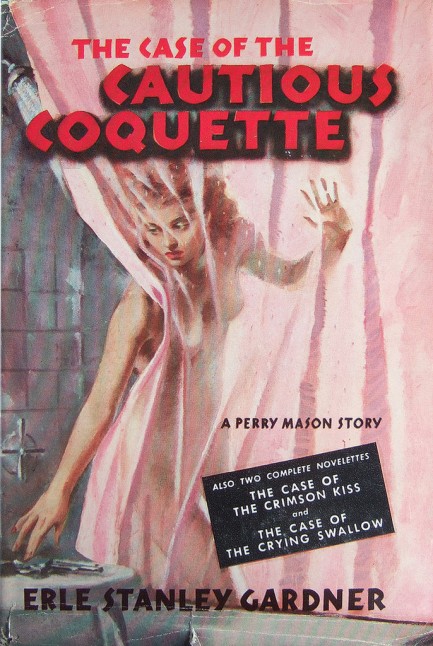

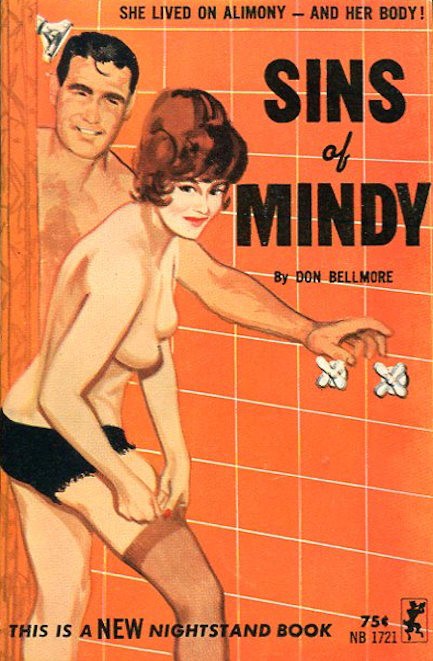
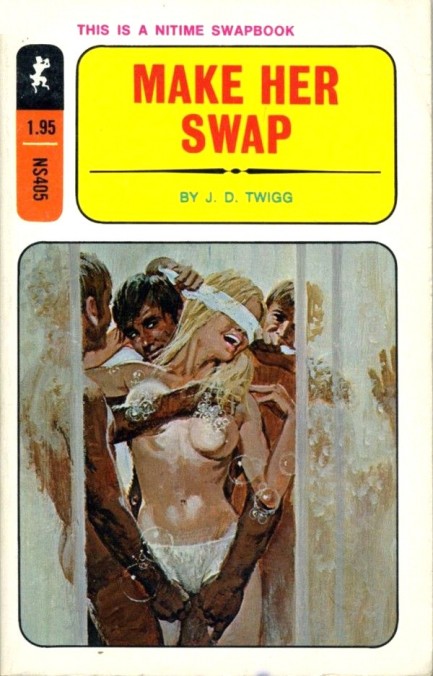
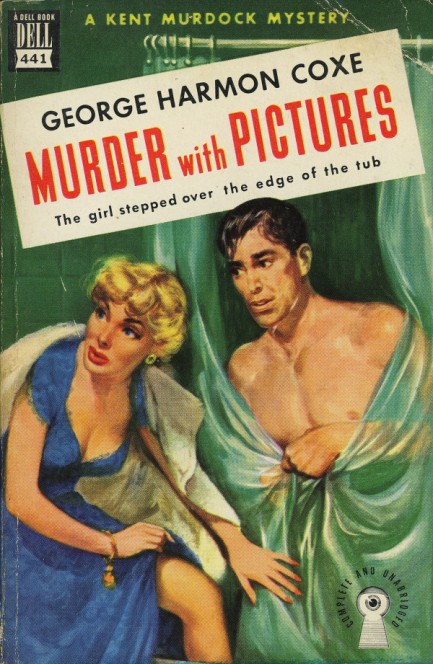
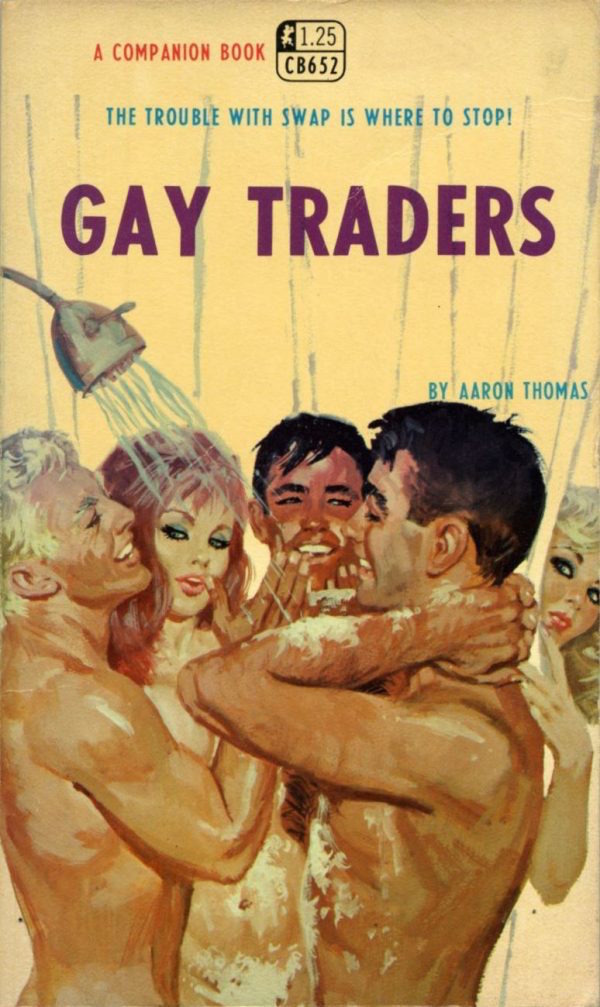
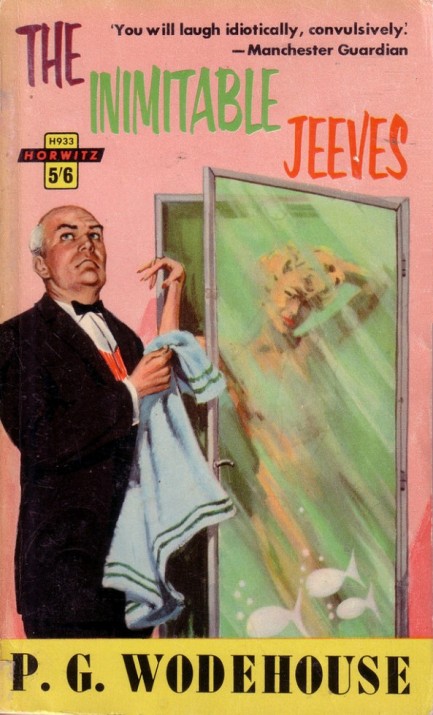
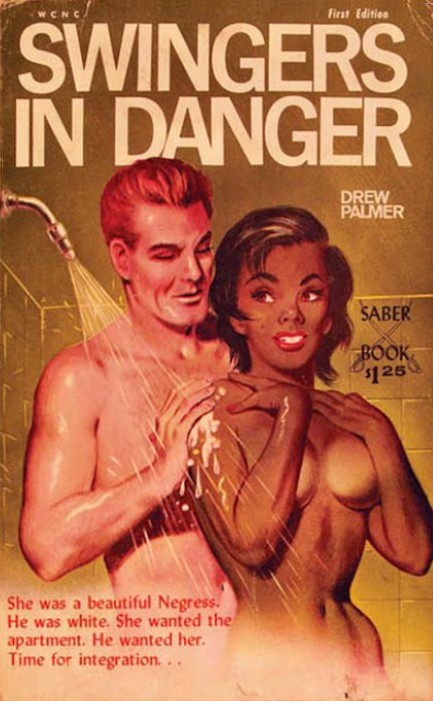
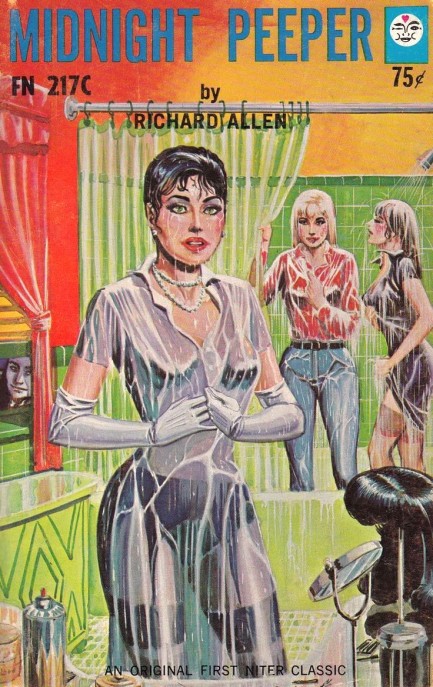





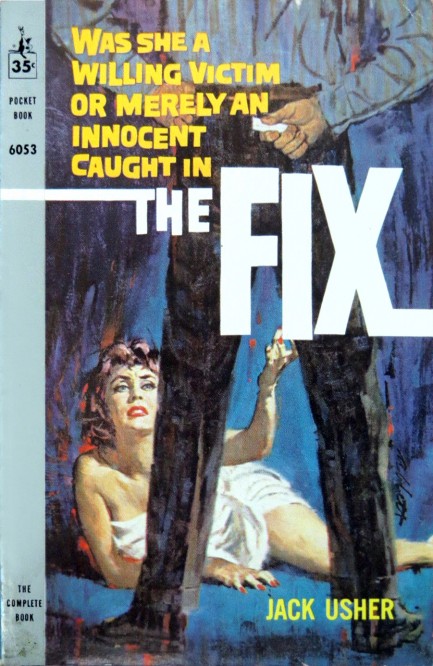
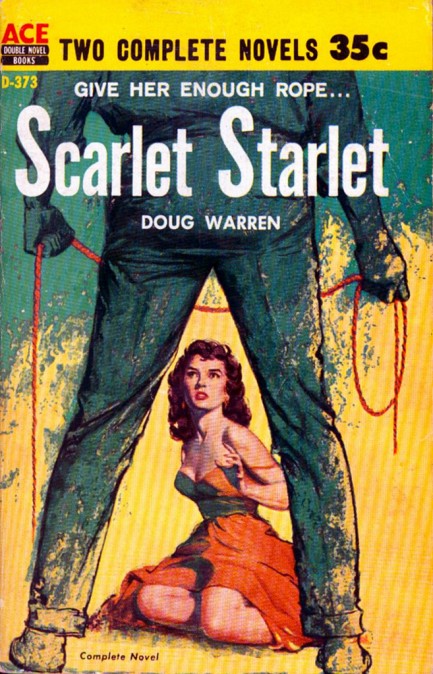
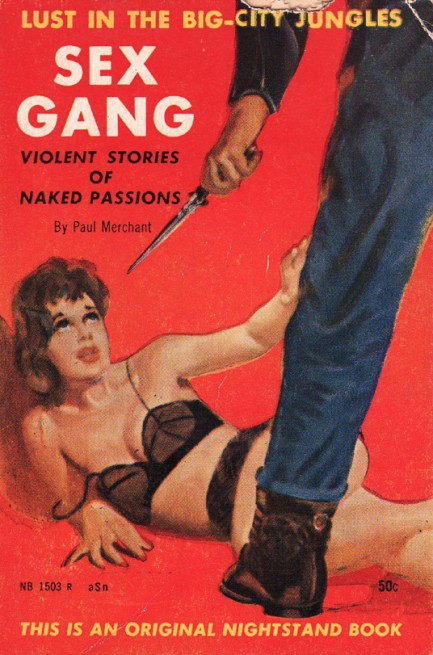
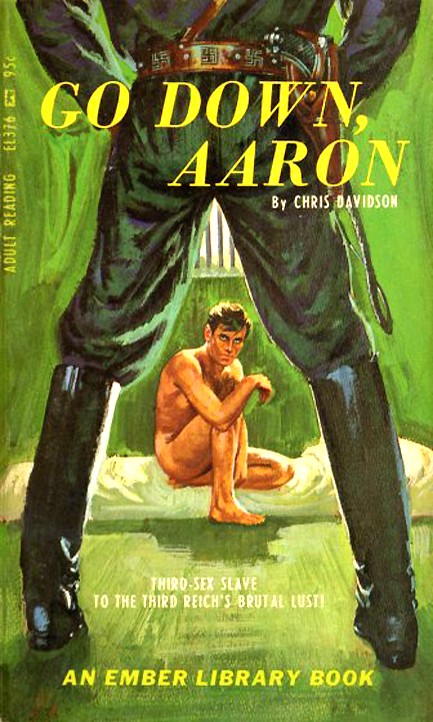
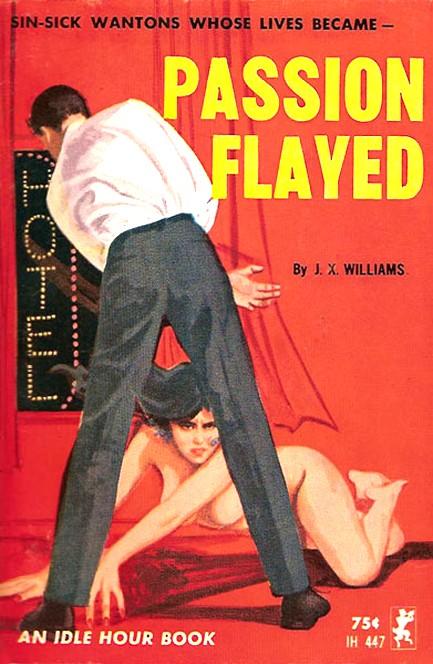
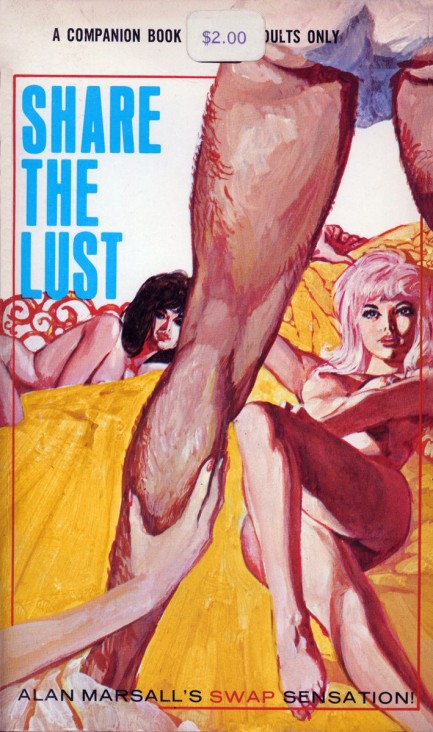



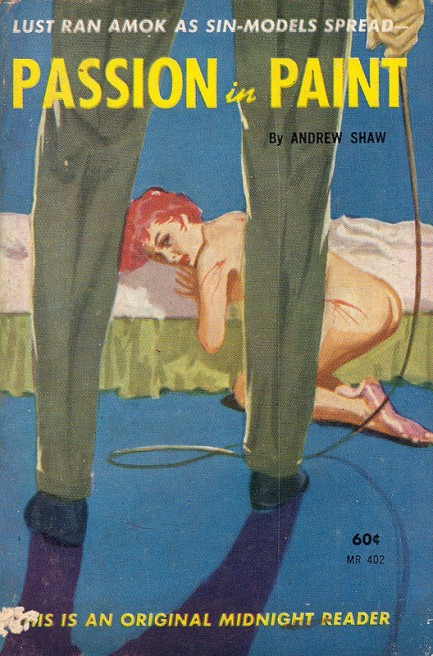
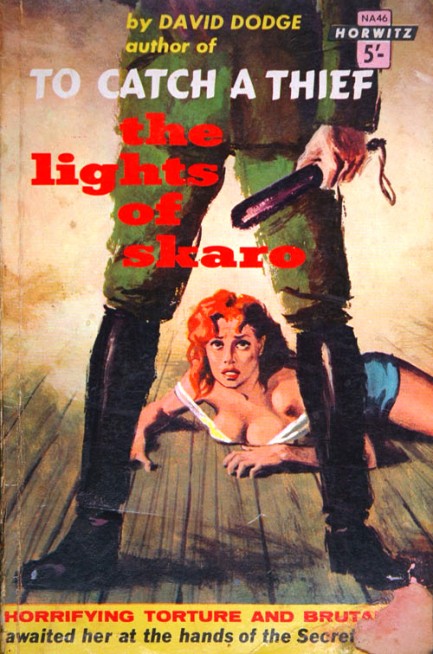
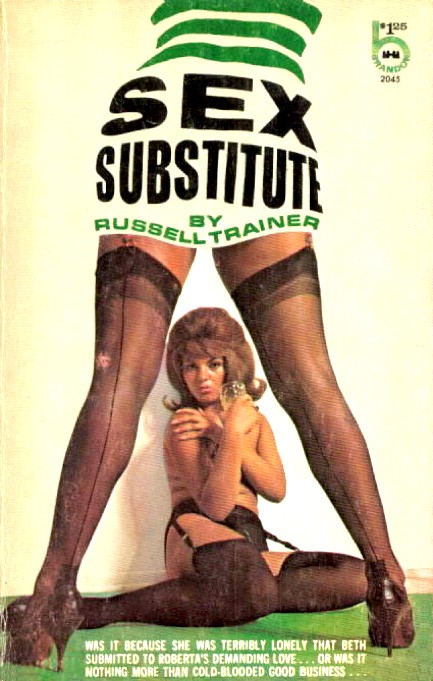
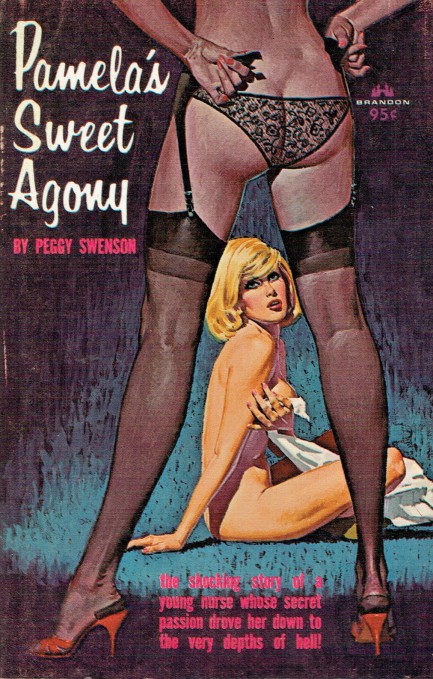
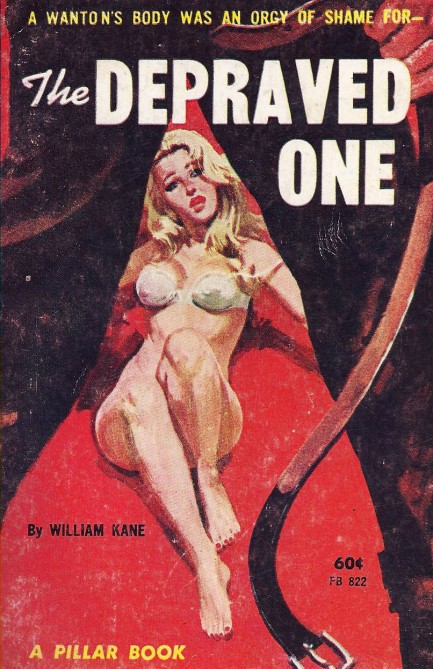
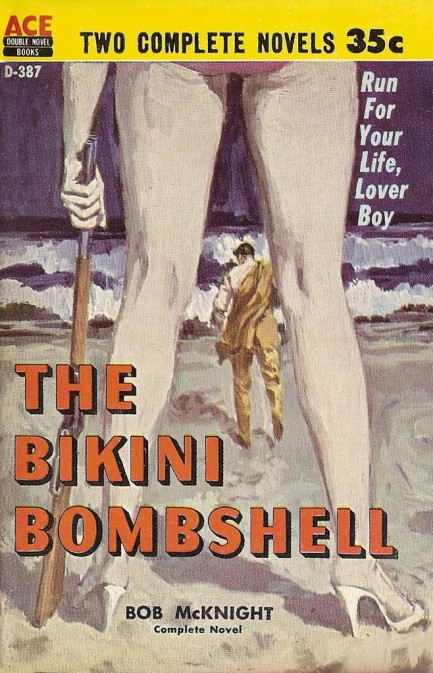
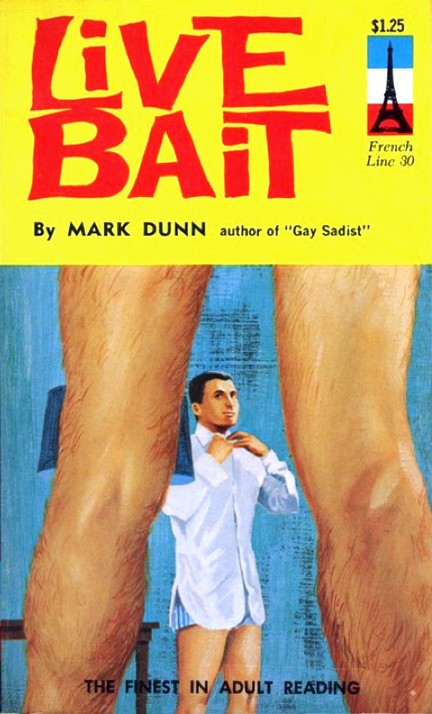
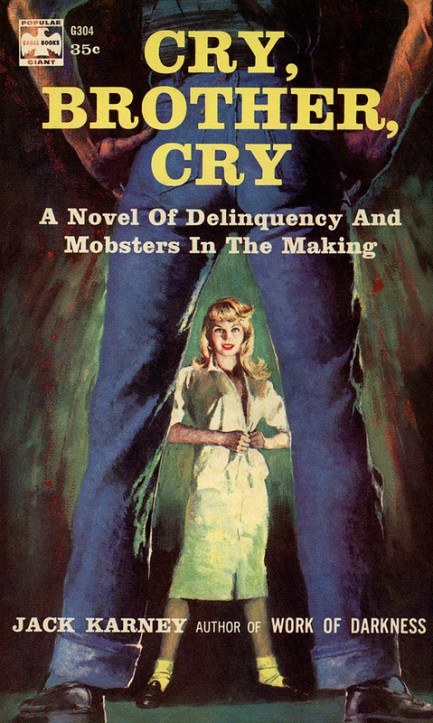
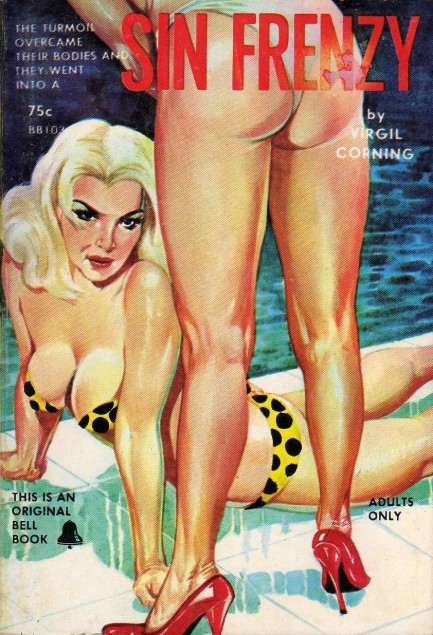
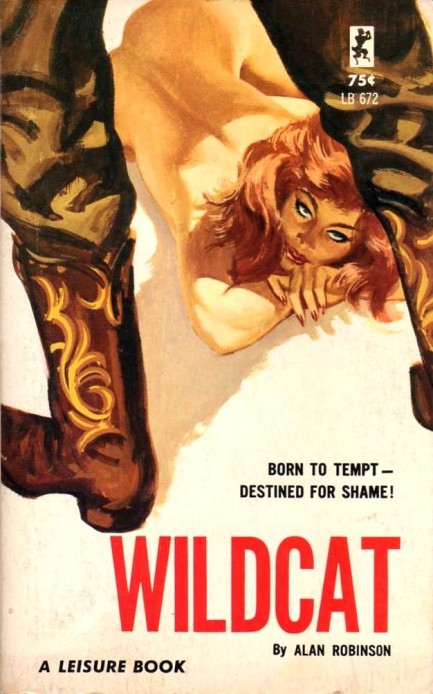

 Today for your enjoyment we have another example of a heavyweight author earning extra nickels under the guise of a pseudonym. This time it’s crime thriller icon Lawrence Block, who’s won four Shamus Awards, three Edgars, seen his novels 8 Million Ways To Die, The Campus Tramp and Deadly Honeymoon made into films of varying quality, and who wrote the screenplay for the recent critically acclaimed film My Blueberry Nights.
Today for your enjoyment we have another example of a heavyweight author earning extra nickels under the guise of a pseudonym. This time it’s crime thriller icon Lawrence Block, who’s won four Shamus Awards, three Edgars, seen his novels 8 Million Ways To Die, The Campus Tramp and Deadly Honeymoon made into films of varying quality, and who wrote the screenplay for the recent critically acclaimed film My Blueberry Nights.










































































